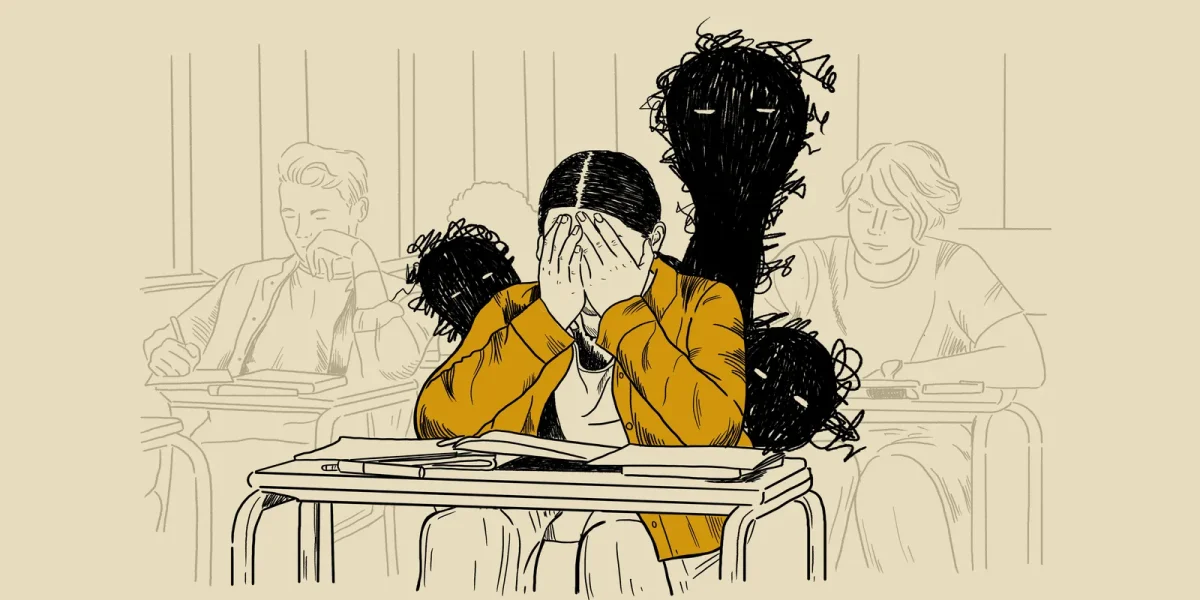Mental health is such an important topic, especially when it comes to high schoolers. How can I help in the fight for mental health? High School can be a challenging time for many students, both academically and socially. The pressure to excel in classes, take-on a challenging AP or Dual Enrollment course load, participate in extracurricular activities, and maintain a social life can take a toll on a teenager’s mental well-being. We must pay attention to their mental health and provide support when needed.
One of the common mental health issues that high schoolers face is stress. The demands of schoolwork, exams, and college applications can create a lot of pressure. Students must find a healthy way to manage stress, such as practicing relaxation techniques, getting enough sleep, and taking breaks when needed.
Another challenge that high schoolers may face is anxiety. The fear of failure, social situations, or even the future can cause anxiety to skyrocket.
Encouraging open communication and providing a safe space for students to express their feelings can be helpful. Additionally, teaching coping mechanisms like deep breathing exercises or mindfulness can assist in managing anxiety. A group of Woodbridge students that are part of the Mental Health Awareness Club promote mental health awareness and educates the students.
Depression is another mental health concern that affects high schoolers. Feelings of sadness, hopelessness, and a loss of interest in activities they once enjoyed can be signs of depression. Students must be able to recognize these signs and encourage students to seek professional help. Sometimes students don’t show symptoms, but if you notice or think they have symptoms speak up and provide them access to counseling services, this can make a significant difference.
Some students bully others with the purpose of hurting them. Bullying is unfortunately prevalent in many high schools, and it can have severe consequences on a student’s mental health. Encouraging a culture of kindness, empathy, and inclusion can help combat bullying. Schools should have anti-bullying policies in place and provide support for victims. Woodbridge High School is a clear example since it has a partnership with the National Alliance on Mental Illness (NAMI).
Lastly, it’s important for high schools to prioritize mental health education. Incorporating mental health awareness into the curriculum can help reduce stigma and increase understanding. Teaching students about self-care, stress management, and the importance of seeking help can empower them to take care of their mental well-being.
Remember, if you or someone you know is struggling with mental health, it’s important to reach out for support. Students can hang out with the 10-year-old Golden Retriever named Cody, who is in the wellness room every Monday from 10:30-12:30. You can get more information by reading Cody Says Hi! . There are more resources available, such as school counselors, helplines, and mental health professionals, who can provide assistance.






